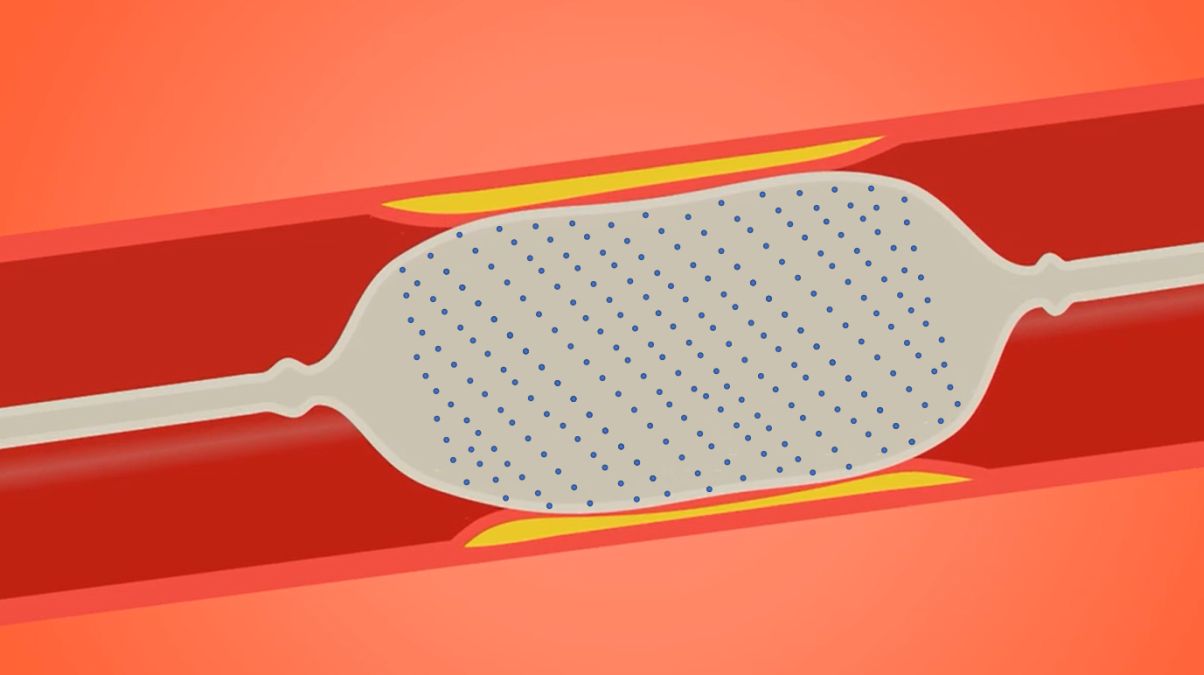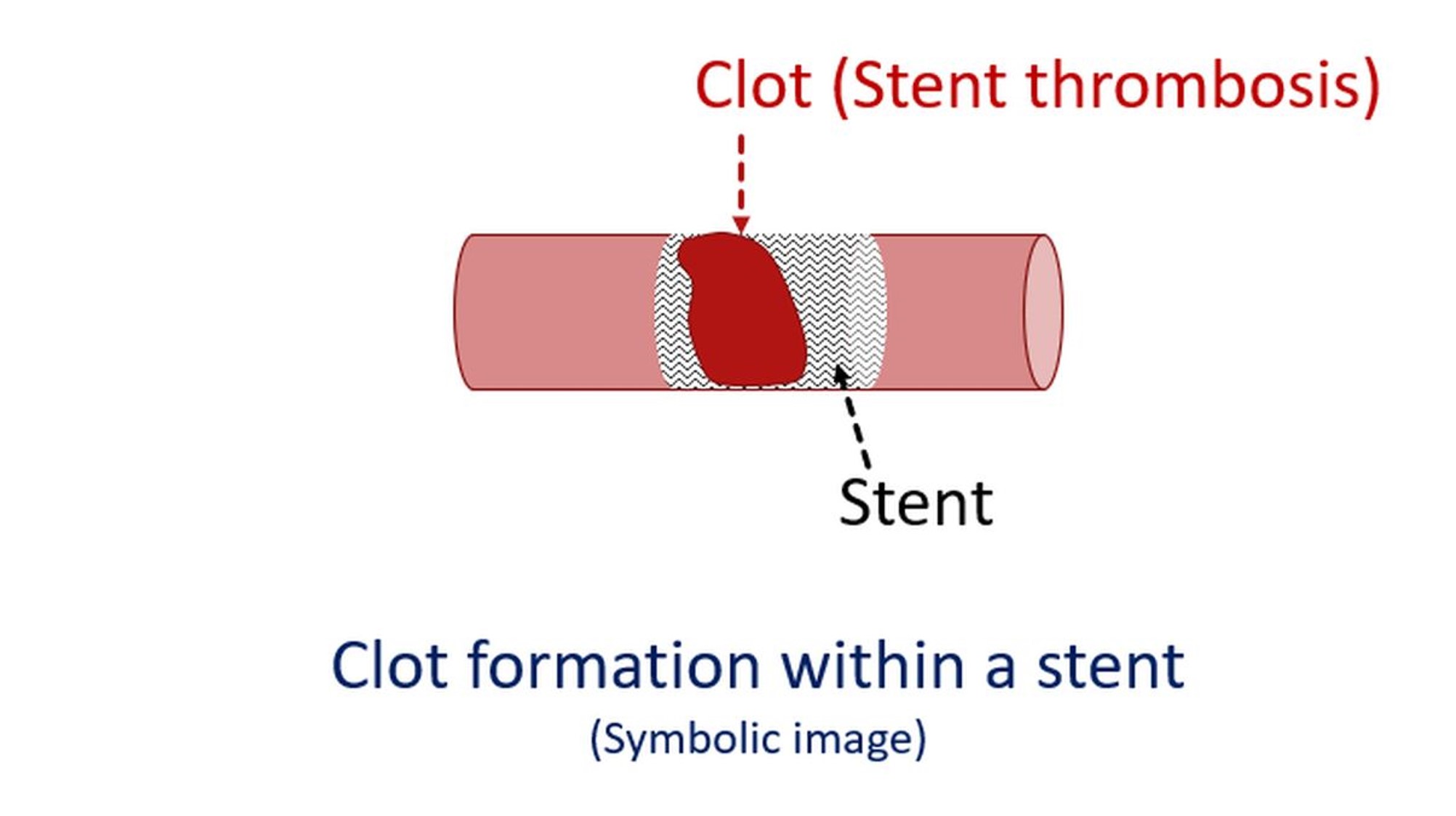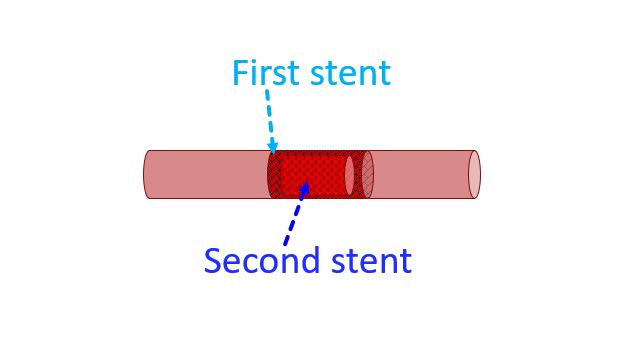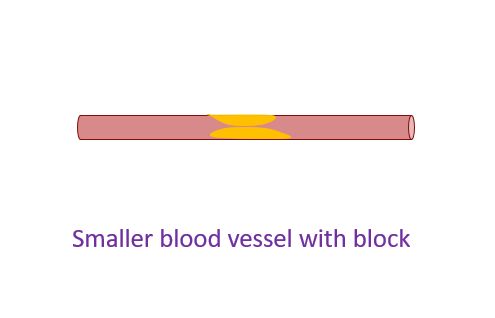Drug coated balloon for angioplasty
Drug coated balloon for angioplasty
Many of us are now familiar with balloon angioplasty for removal of blocks in the blood vessels of the heart and insertion of drug coated stents, known technically as drug eluting stent or DES. Drug coated balloon is a new concept in which an angioplasty balloon coated with medication releases the drug in the blood vessel wall during balloon inflation. The advantage over a drug eluting stent is that there is no permanent implant within the blood vessel.

Drug eluting stent being a metallic implant with medications promote the development of blocks within them in a process which has been called ‘neo-atherosclerosis’. Neo-atherosclerosis promotes the formation of clot formation within the stent and may cause sudden blockage of the blood vessel in what is called stent thrombosis.

Still it should be remembered that drug eluting stents give better long term patency of the blood vessels than bare metal stents which have higher chance of recurrence of block due to ingrowth of cells into them. Drug coating of the drug eluting stents is meant for prevention of this undue growth of cells within them.
Stent thrombosis can be catastrophic if an important blood vessel of the heart is affected. Even temporary implants called bioresorbable scaffolds have increased risk of clot formation within them. Temporary scaffolds are biodegradable and gets absorbed over a period of time. Drug coated balloons do not leave any implants because they are removed after angioplasty. Thus, they avoid the risk of clot formation within the blood vessel.
One of the initial reasons to use drug coated balloons was new block occurring within previously implanted stents. Stents are tiny metallic spring like structures implanted in blood vessels to support them after removal of blocks by inflation of a balloon in a procedure called balloon angioplasty. In recurrent narrowing of stented region, as there is a metal implant already in place, implanting another stent will increase the total metallic implant.

Another potential reason to use a drug coated balloon is after removing a block in a small blood vessel, the size of which is not ideal for implantation of a stent. Still another potential use is when there is a need to limit the use of medications which prevent clot formation due to enhanced bleeding risk in the person.

It may be noted that those implanted with a drug eluting stent need a prolonged period of treatment with medications which act against platelets. This is because of the increased risk of clot formation in drug eluting stents. Drug eluting stents need these medications for a longer period than bare metal stents. Platelets are the clot promoting elements in blood. Drug coated balloon has also been shown to be superior to bare metal stents in patients at bleeding risk.



